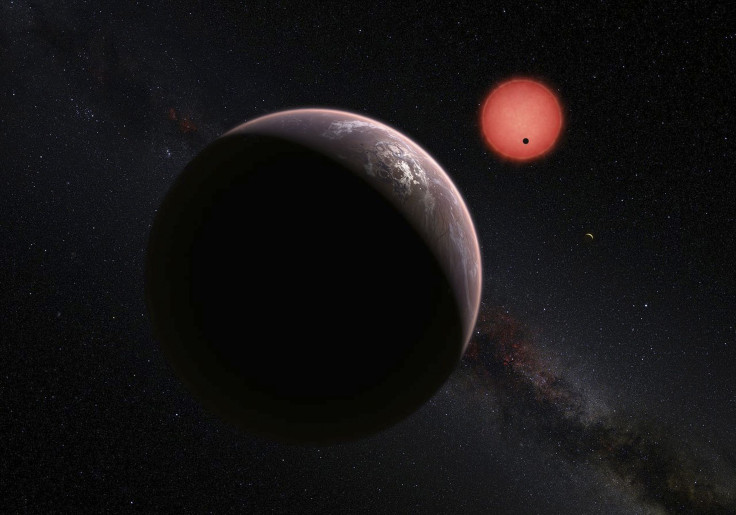2015 RR245: Scientists discover mysterious dwarf planet beyond Neptune

Astronomers have discovered a new dwarf planet beyond Neptune and it circles our sun in a wide orbit. The scientists have made the discovery via a telescope at the top of Mauna Kea, Hawaii. The planet has a body that runs 435 miles across and does not have a name. The researchers know very little about this dwarf planet.
Dubbed 2015 RR245 by the International Astronomical Union, the planet has such a gigantic elliptical orbit that it takes 700 Earth years to complete one trip around the sun. Compared to Earth, the dwarf planet ventures over 120 times further away from the sun. Even though scientists are finding more these dwarf planets in the Kuiper belt, the RR245 stands out for its orbit and size.
“The icy worlds beyond Neptune trace how the giant planets formed and then moved out from the Sun. They let us piece together the history of our Solar System. But almost all of these icy worlds are painfully small and faint: it's really exciting to find one that's large and bright enough that we can study it in detail,” researcher with the Outer Solar System Origins Survey (OSSOS), Michele Bannister, said in a statement.
According to the researchers, this is the largest OSSOS discovery to date after more than 500 trans-Neptunian objects have been identified by the Survey. The researchers are still trying to understand what the planet’s surface is like. This would help them ascertain the dwarf planet’s size more accurately.
Once there were many more of these dwarf planets in our solar system. However, most were either ejected or destroyed when larger planets in our solar system moved into their respective places. The new dwarf planet was imaged back in 2015. But scientists actually noticed it in February 2016.
The RR245, post discovery, has joined other dwarf planets residing in the distant edges of our solar system such as Eris, Makemake, Haumea, Pluto and Ceres, writes Science Alert.





















